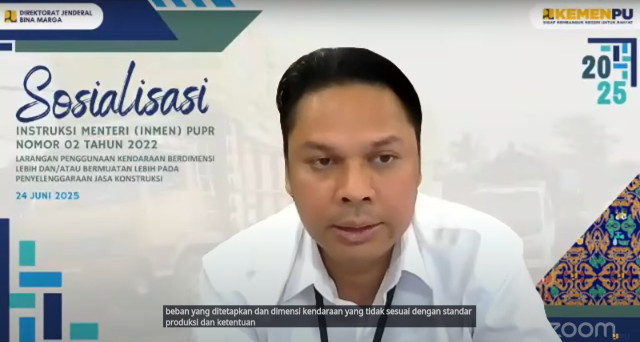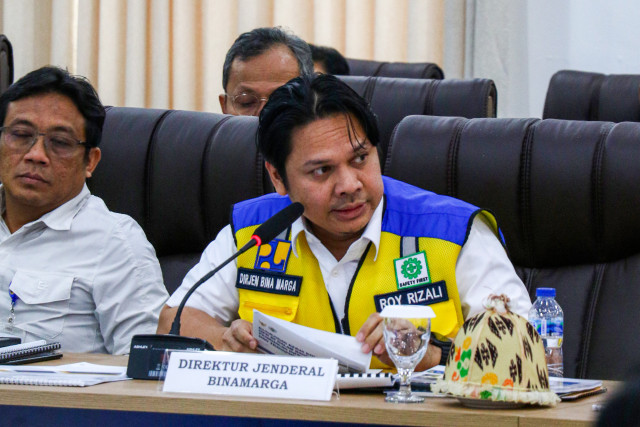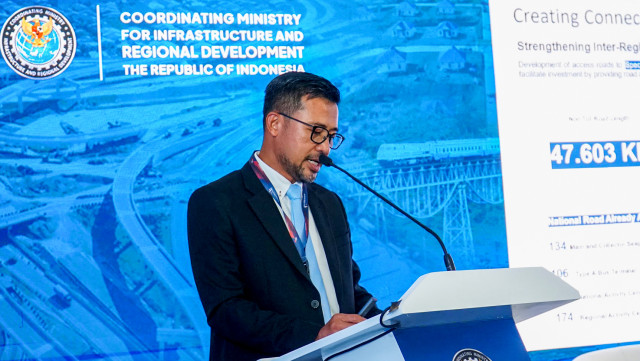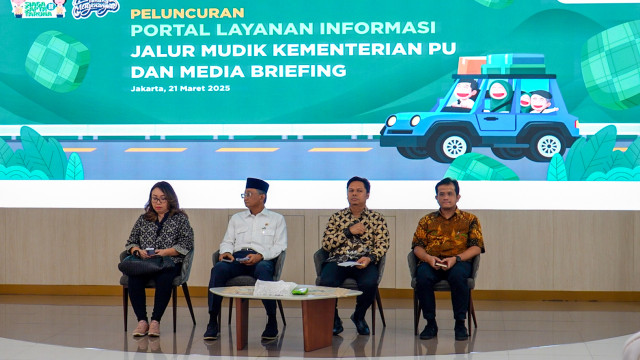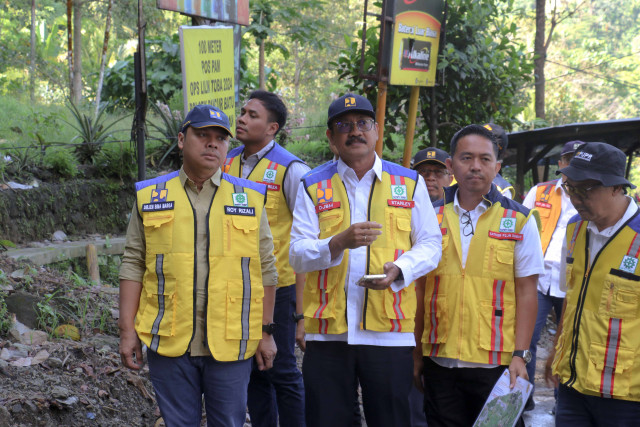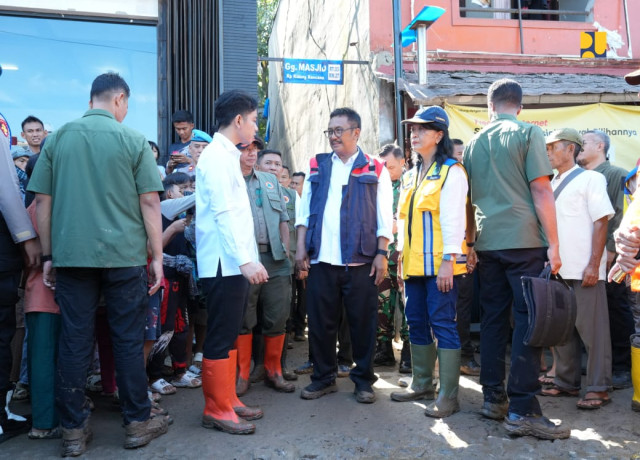Minister of PUPR Inaugurates Road and Bridge Tunnel Security Commission Room
- 14 Des 2017
- News/General
- 1020 viewed
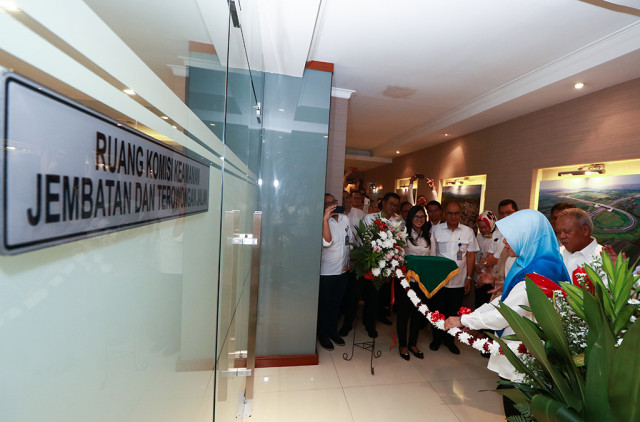
Minister of Public Works and Public Housing (PUPR), Basuki Hadimuljono inaugurated the Road and Bridge Tunnel Safety Commission (KKJTJ) room located on the 2nd floor of the Directorate General (DG) building of the Directorate General of Highways, Jakarta, on Thursday (14/12). KKJTJ is a collection of bridge experts from academics, practitioners, professionals, and bureaucrats who are in charge of evaluating the safety of bridges and road tunnels in terms of design and construction to meet the applicable standards. The scope of work of KKJTJ does not cover all bridges and road tunnels, but only bridges and road tunnels that are more than 200 meters long, whether managed by the central, regional, individual, or legal entities.
The establishment of KKJTJ began since the collapse of the Kutai Kartanegara Bridge on November 26, 2011. From this incident, the Ministry of PUPR took the initiative to make Permen PU no. 41 / PRT / M / 2015 concerning Implementation of Road and Bridge Tunnel Security and then followed up with the establishment of the Road and Bridge Tunnel Security Commission through the Minister of PUPR no. 485 / KPTS / M / 2015.
Director General of Highways, Arie Setiadi Moerwanto in his report to the Minister of PUPR stated that until now, KKJTJ has done a lot of work helping to solve several problems both from the preparation, construction or service stages.
"Of the 182 special bridges and tunnels, 34 bridges are in the preparation phase, 37 in the construction phase, and 111 in the service stage. In addition, KKJTJ has assisted in making recommendations for design approval permits for 13 bridges and operational approval licenses for 10 bridges both at the regional and national levels, "explained Arie.
Meanwhile, in his remarks, the Minister of PUPR thanked the Members of the Bridge and Tunnel Road Safety Commission for assisting in the construction of bridge and road tunnel infrastructure in order to fulfill the Nawacita program.
"With this KKJTJ room, I hope to facilitate and assist the KKJTJ Commission so that it can be more professional in evaluating, selecting, and certifying the feasibility of a long bridge. Thank you for all this time to have helped a lot in the context of solving construction problems and the failure of the long bridge construction design. Even though it is only one year old, the benefits have already been felt, "said Basuki.
On the same occasion, Bridge Director of the Directorate General of Highways, Iwan Zarkasi explained that his staff had technology to monitor the condition of the bridge in real time. "There are sensor systems installed on several bridges to monitor bridge health, not only on long bridges but also critical bridges," said Iwan.
From the sensors installed it can be monitored regarding the condition of the bridge such as the force of the bridge cable, wind conditions, displacement, and so on. The point is if there are abnormal conditions on the bridge can be immediately identified and evaluated the cause. In the future, this sensor will be expected to be implemented in all bridges so that data about the condition of the bridge can be recorded properly.

